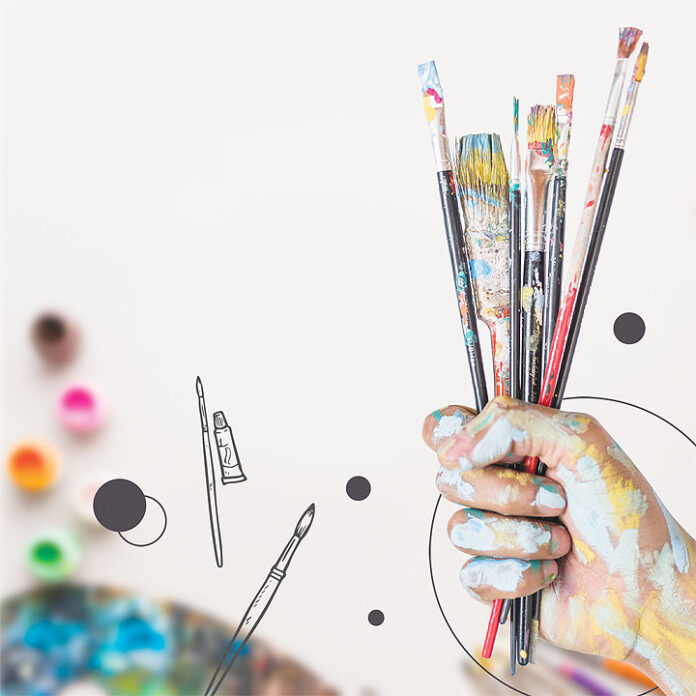Every successful individual — in the fields of education, business, politics, arts and sciences — desires recognition. The scientist and inventor work tirelessly to find the “eureka” formula and the “aha” gadget that would solve a mathematical problem or discover a vaccine or pill to cure a disease and bring about a medical breakthrough, create or improve a positive technological advance. These efforts would make radical changes that would have a lasting impact in the world.
The race is on among countries to make a miracle drug to save the people from the pandemic. If only there would the same noble efforts to attain peace among the warring countries.
In the local setting, the complications are numerous. Many politicians use public infrastructure to promote themselves. Airports, bridges, monuments, highways, dams, town halls, health centers, and cities — their faces and names are emblazoned on billboards at the site. Although public funds are being used, they claim credit for the project. It is a not-so-subtle hint to potential new voters. This practice is multiplied before the coming of the circus we call elections.
It is all about name and face recall.
Endowment grants from private or corporate foundations are given to universities, schools, and buildings. The generous gesture is grand way of honoring illustrious alumni. In some cases, ego gratification is the motive of some tycoons who are not even alumni of the school. The name remains for posterity as stipulated in the grant. There have been occasions when the funds were insufficient, but the school was obliged to continue the project and fulfill the contract — using funds they had to raise elsewhere.
Benefactors donate professorial chairs for specific disciplines and research. This is a practical way to help the institution and support the dedicated professors who deserve adequate compensation.
As they say in showbiz and politics, name recall is everything.
Skyscrapers, elite clubs, and churches have plaques engraved with the name of founders and charter members. There are awards and honors given to outstanding individuals for the same purpose.
Almost every street, road, highway, and lane are named after a hero, a famous person, or pseudo-celebrity who has the right connections and had donated sufficient money for a cause.
No wonder people get lost in the metropolis. There are too many streets that have new names. (Waze is sometimes confused.) Paper maps have become passé. We do not have proper signage on the streets.
Hippocrates, the Greek physician, once wrote “Life is short but art is long.”
There are special exceptions that deserve credit, such as those distinguished aristocratic families and the monarchs who dominated the Renaissance in the 15th century. The city states had rulers such as the famed Florentine Medici family of bankers and aristocrats who were the most important art patrons and benefactors.
Many centuries later, Florence is still a center of arts. Every piazza, church, and open space is filled with precious art works, public monuments, and private sculptures and paintings.
The Uffizi Gallery holds a vast treasure of paintings by the masters Leonardo da Vinci, Michelangelo Buonarotti, Raffaello Sanzio da Urbino (known as Raphael), and others of the era. Tourists and cultural buffs can study and appreciate the wonders of the Duomo Cathedral, the Baptistry’s bronze doors by Bernini, and the awesome sculpture David by Michelangelo.
Every city state — Venice, and Milan, and Rome (the eternal city, the center of the world) — have grand, impressive artworks. The Vatican houses the Sistine Chapel with Michelangelo’s breathtaking murals — Genesis and The Last Judgment. St. Peter’s Basilica has the magnificent marble sculpture La Pietà by Michelangelo. St. Peter’s Square has Bernini’s elegant Colonnade.
The emperors, kings, and rulers such as the Sforza and Borgia families had direct connections to Rome and the Popes. The Church financed all the best, immortal monuments. The exquisite Last Supper mural by Leonardo da Vinci is in the church Santa Maria delle Grazie in Milan.
The patrons’ collective vision was to preserve the artistic spirit of the era. Behind the grand gesture was the egotistic desire to perpetuate themselves as great cultural and historical icons.
Every artist in the various genres and disciplines would consider a creation as his/her legacy — a painting, mural, sculpture, composition, book, poem, play, museum, public art, garden, building, bridge.
The spirit of creative genius is in every work. It could be a brief, ephemeral one-day installation of floating flags, banners, leaves in Central Park, or a timeless Japanese bridge and Zen garden in Kyoto, a quaint arched trellis with wisteria in a forest, a bronze life-like sculpture on a park bench in New Jersey or Ibiza, or a colorful mobile fountain in the Left Bank, Paris. In Bonifacio Global City, there are public art pieces such as the impressive Balanghai sculpture with moving sails, the Sarimanok sundial, and the bronze trees canopy in the parks. There are temporary paintings on the steps of an office building and the fabulous digital artworks flashed onto the wall of another building.
An artwork is the child of the spirit. The artist is mortal, but art is immortal.
The brilliant and witty, director-producer-actor Woody Allen commented wryly, “I don’t want to achieve immortality through my work… I want to achieve it by not dying.”
Maria Victoria Rufino is an artist, writer and businesswoman. She is president and executive producer of Maverick Productions.

